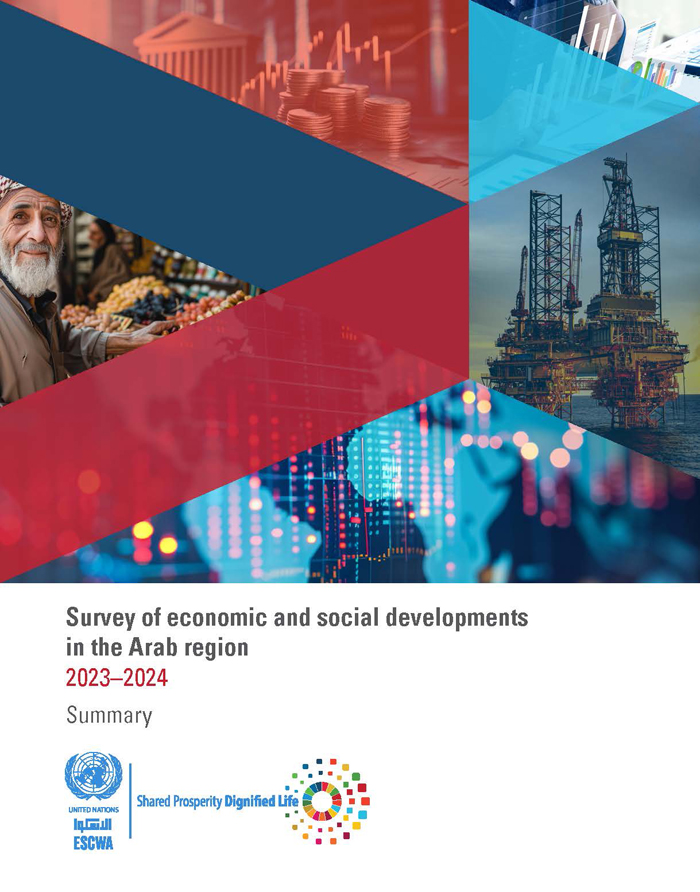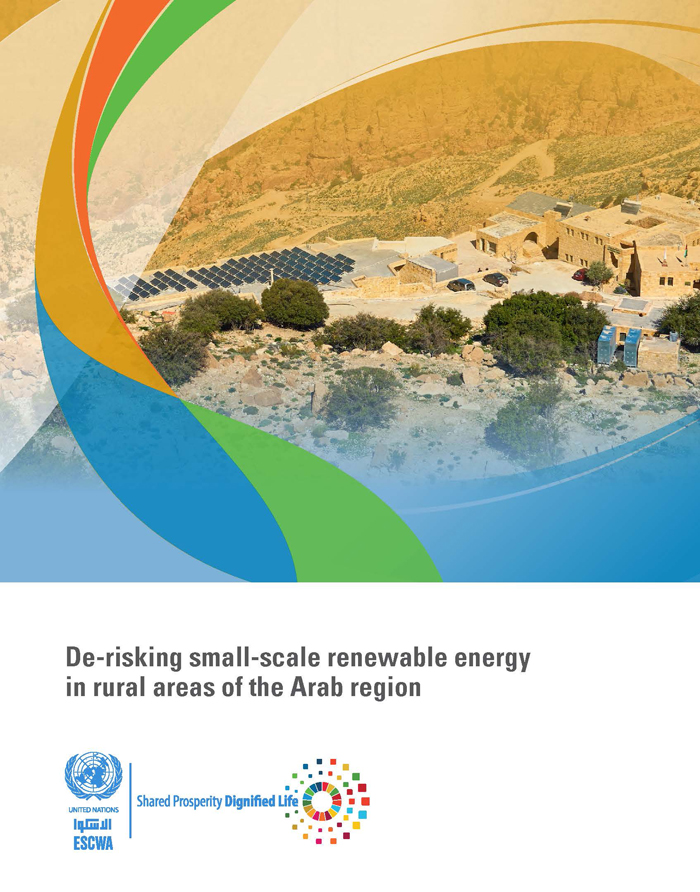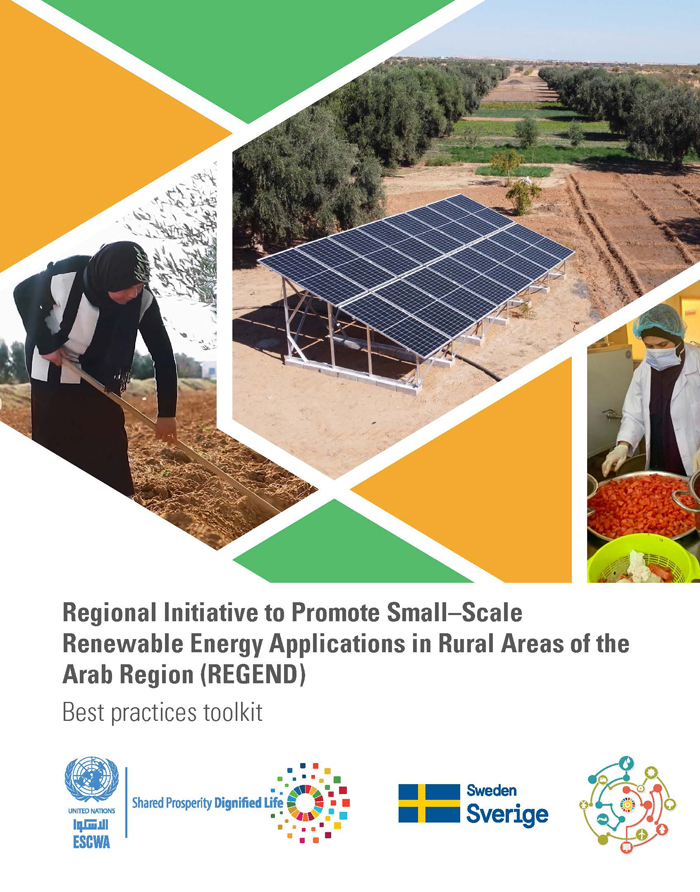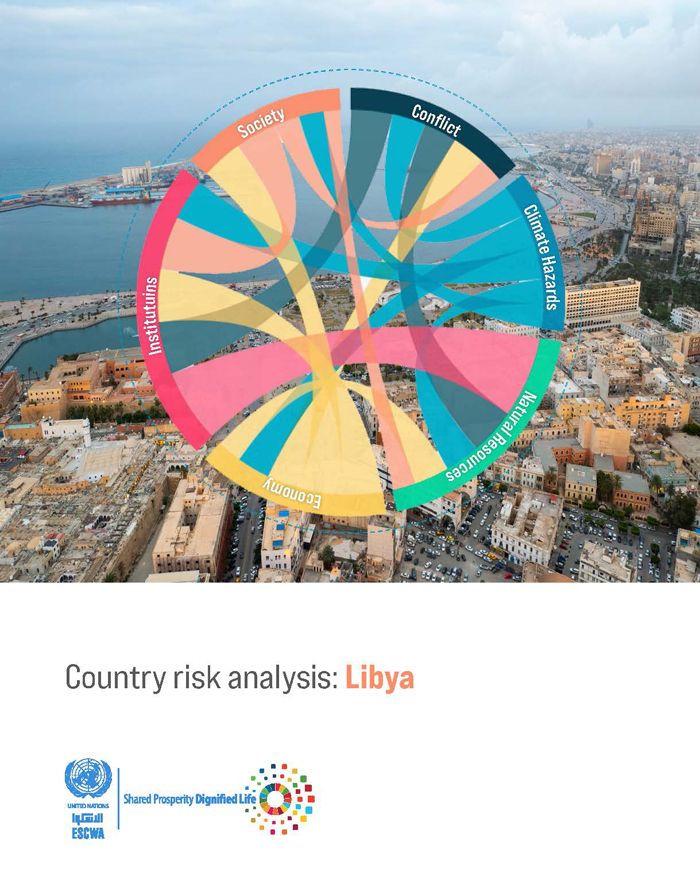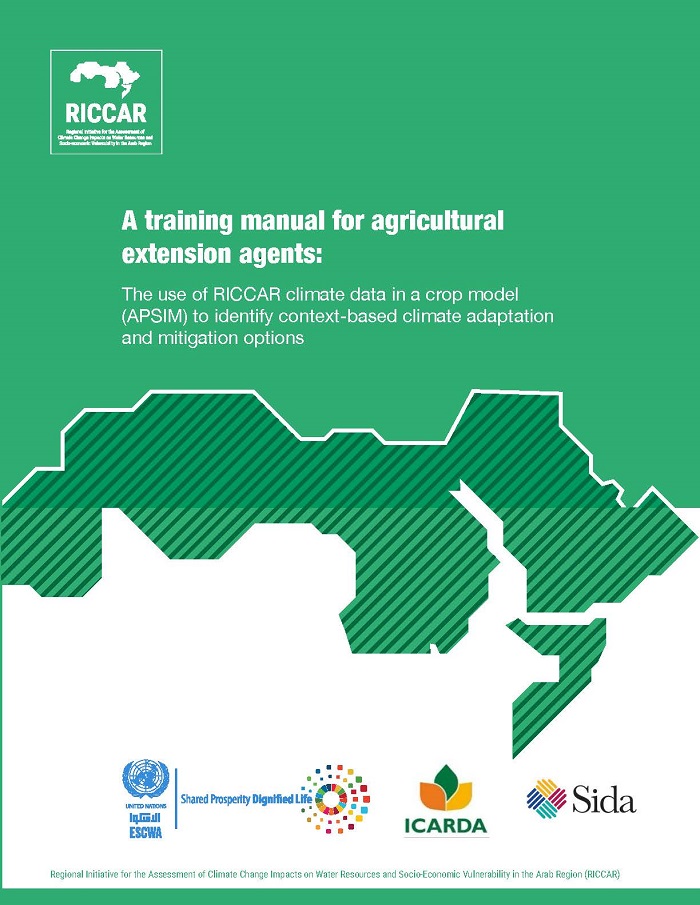
ESCWA Publication: E/ESCWA/CL1.CCS/2021/RICCAR/MANUAL.3
Country: Arab region
Publication Type: Training material
Cluster: Climate Change and Natural Resource Sustainability
Focus Area: Climate change, Natural resource sustainability
Initiatives: RICCAR
SDGs: Goal 6: Clean Water and Sanitation, Goal 13: Climate Action
Keywords: Climate, Climate change, Natural resources, Water resources, Temperature, Groundwater, Agricultural extension, Teaching, Manuals, Crops, Arab countries
A training manual for agricultural extension agents: the use of RICCAR climate data in a crop model (APSIM) to identify context-based climate adaptation and mitigation options
December 2022
Although several downscaled and bias-corrected climate datasets are available, their operational use is too challenging for non-expert users. To make the data meaningful, it must be used as inputs into crop models to identify and analyse context-specific climate-smart agriculture (CSA) solutions. This often presents technical challenges for the users. To overcome user challenges, and to support increased utilization of the data, a training manual on the use of the Regional Initiative for the Assessment of Climate Change Impacts on Water Resources and Socio-Economic Vulnerability in the Arab Region (RICCAR) data in a common crop simulation model is presented.
The main objective of this training manual is to develop step-by-step instructional materials for agriculture extension agents on how to integrate and utilize long-term climate data in a typical and commonly used crop model such as the Agricultural Production Systems Simulator (APSIM) and identify a Context-Based Climate Adaptation Option (CBCAO), in three unique circumstances. Firstly, taking Morocco as an example, the manual demonstrates yield gap evolution under climate change in a rainfed agroecosystem and the relative effects of two Intergovernmental Panel on Climate Change (IPCC) scenarios, Representative Concentration Pathways (RCPs) 8.5 and 4.5. Additionally, supplementary irrigation is applied as a key climate adaptation measure in a location suffering from increasing droughts to augment water supply in arid weather conditions. Secondly, taking Iraq as an example, the manual demonstrates changes in water productivity and yield dynamics in an arid but irrigated agroecosystem to show how judicious irrigation techniques, as opposed to conventional irrigation as a climate adaptation measure, can enhance water productivity while also maintaining and possibly maximizing yield. Thirdly, taking Jordan as an example of a semi-arid agroecosystem, the manual demonstrates crop diversification and defines optimum cropping patterns (selection of alternate resilient crops) as a key climate adaptation measure and assesses impacts on soil carbon sequestration.
Related content
Climate change
, Natural resource sustainability
,
Although several downscaled and bias-corrected climate datasets are available, their operational use is too challenging for non-expert users. To make the data meaningful, it must be used as inputs into crop models to identify and analyse context-specific climate-smart agriculture (CSA) solutions. This often presents technical challenges for the users. To overcome user challenges, and to support increased utilization of the data, a training manual on the use of the Regional Initiative for the Assessment of Climate Change Impacts on Water Resources and Socio-Economic Vulnerability in the Arab Region (RICCAR) data in a common crop simulation model is presented.
The main objective of this training manual is to develop step-by-step instructional materials for agriculture extension agents on how to integrate and utilize long-term climate data in a typical and commonly used crop model such as the Agricultural Production Systems Simulator (APSIM) and identify a Context-Based Climate Adaptation Option (CBCAO), in three unique circumstances. Firstly, taking Morocco as an example, the manual demonstrates yield gap evolution under climate change in a rainfed agroecosystem and the relative effects of two Intergovernmental Panel on Climate Change (IPCC) scenarios, Representative Concentration Pathways (RCPs) 8.5 and 4.5. Additionally, supplementary irrigation is applied as a key climate adaptation measure in a location suffering from increasing droughts to augment water supply in arid weather conditions. Secondly, taking Iraq as an example, the manual demonstrates changes in water productivity and yield dynamics in an arid but irrigated agroecosystem to show how judicious irrigation techniques, as opposed to conventional irrigation as a climate adaptation measure, can enhance water productivity while also maintaining and possibly maximizing yield. Thirdly, taking Jordan as an example of a semi-arid agroecosystem, the manual demonstrates crop diversification and defines optimum cropping patterns (selection of alternate resilient crops) as a key climate adaptation measure and assesses impacts on soil carbon sequestration.
